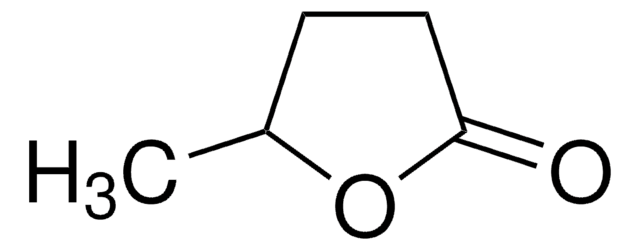Key Documents
466123
Phosphoric acid
crystalline, ≥99.999% trace metals basis
Synonim(y):
Orthophosphoric acid
About This Item
Polecane produkty
gęstość pary
3.4 (vs air)
ciśnienie pary
2.2 mmHg ( 20 °C)
5 mmHg ( 25 °C)
Próba
≥99.999% trace metals basis
Postać
crystalline
tw
158 °C (lit.)
mp
~40 °C (lit.)
41-44 °C
gęstość
1.685 g/mL at 25 °C (lit.)
1.830 g/mL at 25 °C
ciąg SMILES
OP(O)(O)=O
InChI
1S/H3O4P/c1-5(2,3)4/h(H3,1,2,3,4)
Klucz InChI
NBIIXXVUZAFLBC-UHFFFAOYSA-N
informacje o genach
human ... SRC(6714)
Szukasz podobnych produktów? Odwiedź Przewodnik dotyczący porównywania produktów
Powiązane kategorie
Opis ogólny
Zastosowanie
Opakowanie
Inne uwagi
Hasło ostrzegawcze
Danger
Zwroty wskazujące rodzaj zagrożenia
Zwroty wskazujące środki ostrożności
Klasyfikacja zagrożeń
Acute Tox. 4 Oral - Eye Dam. 1 - Met. Corr. 1 - Skin Corr. 1B
Kod klasy składowania
8B - Non-combustible corrosive hazardous materials
Klasa zagrożenia wodnego (WGK)
WGK 1
Temperatura zapłonu (°F)
Not applicable
Temperatura zapłonu (°C)
Not applicable
Środki ochrony indywidualnej
Eyeshields, Faceshields, Gloves, type P3 (EN 143) respirator cartridges
Wybierz jedną z najnowszych wersji:
Masz już ten produkt?
Dokumenty związane z niedawno zakupionymi produktami zostały zamieszczone w Bibliotece dokumentów.
Klienci oglądali również te produkty
Powiązane treści
Batteries, fuel cells, and supercapacitors rely on electrochemical energy production. Understand their operation and electron/ion transport separation.
Baterie, ogniwa paliwowe i superkondensatory opierają się na elektrochemicznym wytwarzaniu energii. Zrozumienie ich działania i separacji transportu elektronów/jonów.
Baterie, ogniwa paliwowe i superkondensatory opierają się na elektrochemicznym wytwarzaniu energii. Zrozumienie ich działania i separacji transportu elektronów/jonów.
Nasz zespół naukowców ma doświadczenie we wszystkich obszarach badań, w tym w naukach przyrodniczych, materiałoznawstwie, syntezie chemicznej, chromatografii, analityce i wielu innych dziedzinach.
Skontaktuj się z zespołem ds. pomocy technicznej




